More than three decades after the catastrophic volcanic disaster, the town of Armero (Colombia) remains an uninhabited site filled with ruins.
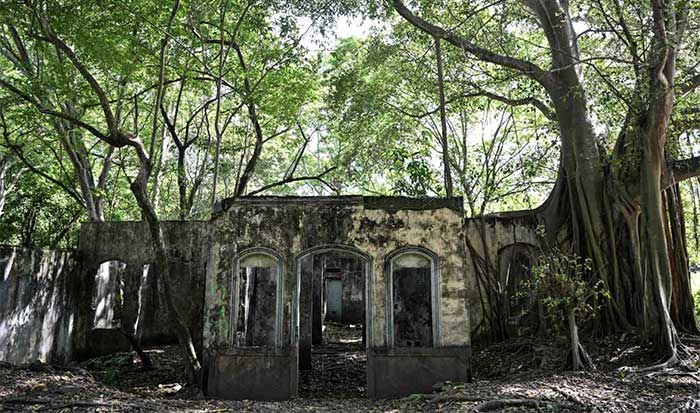
The town of Armero (Colombia) is now an uninhabited site filled with ruins. (Photo: AFP).
On November 13, 1985, Nevado del Ruiz volcano in Tolima, Colombia, suddenly erupted after 69 years of dormancy. The explosion unleashed four massive lahar flows (large volumes of mud, rocks, and ash sliding down the slopes of the volcano at high speeds), devastating the towns of Armero and claiming the lives of over 20,000 of the nearly 29,000 residents living there.
Rescue efforts were hampered by the thick mud, making access extremely difficult. When rescue workers finally reached the town 12 hours after the volcanic eruption, many injured victims had already succumbed to their injuries. The once-bustling town in South America was now inundated with fallen trees, bodies, and enormous piles of debris from collapsed structures.

The Armero tragedy occurred on November 13, 1985. (Photo: The Sun).
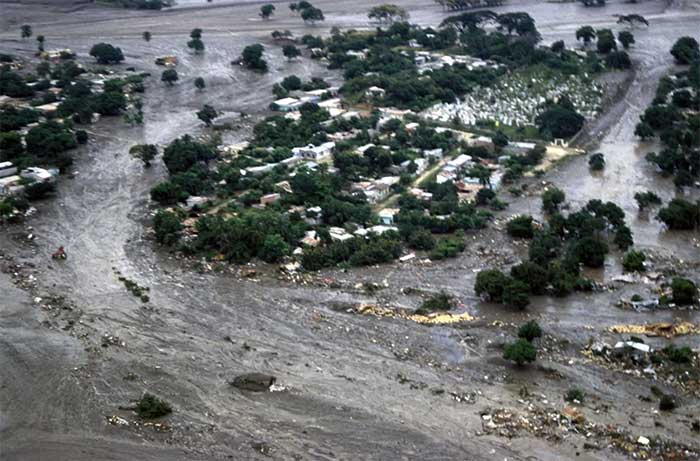
The mudflow (lahar) rapidly swept through the town while residents were asleep. (Photo: The Sun).
Reports indicate that the disaster could have been avoided had the warnings been heeded. Just one month prior to the eruption, Marta Lucía Calvache Velasco, the technical director of the Colombian Geological Agency (SGC), was studying the volcano. She and her colleagues submitted a report to the Colombian Congress, detailing the site’s history and warning that an eruption could occur within the next few months or years.
On the day of the disaster, many evacuation efforts were initiated, but a severe storm hindered communication. Many victims remained in their homes, following instructions, believing that the eruption had ended. However, many believe that the noise from the storm may have prevented the residents from hearing the sounds of the volcanic eruption.
The first lahar struck the town at 11:30 PM, with all four flows lasting over three hours, covering 85% of the town in mud. Survivors described how people clung to broken concrete blocks from their homes in a desperate attempt to rise above the thick mud.
The front of the lahar was filled with boulders capable of crushing anyone in its path, while the slower-moving portion was scattered with sharp stones that could cause injuries. Within minutes, the mud would seep into open wounds and other body parts such as eyes, ears, and mouths, suffocating those buried within.
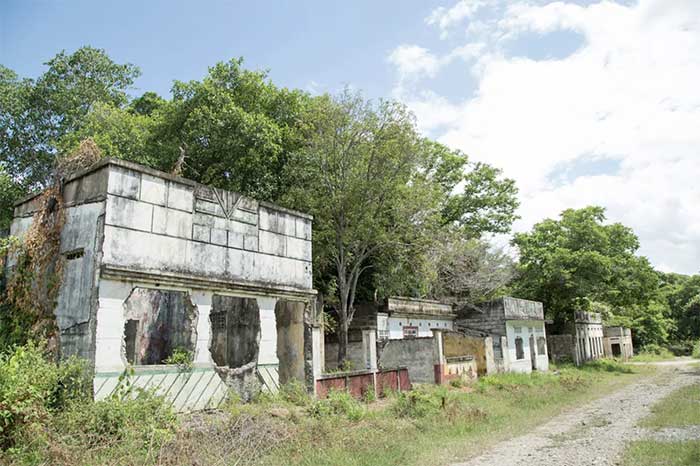
The entire town was nearly completely destroyed after the tragedy. (Photo: The Sun).

Roots and vines cover the remaining ruins. (Photo: The Sun).
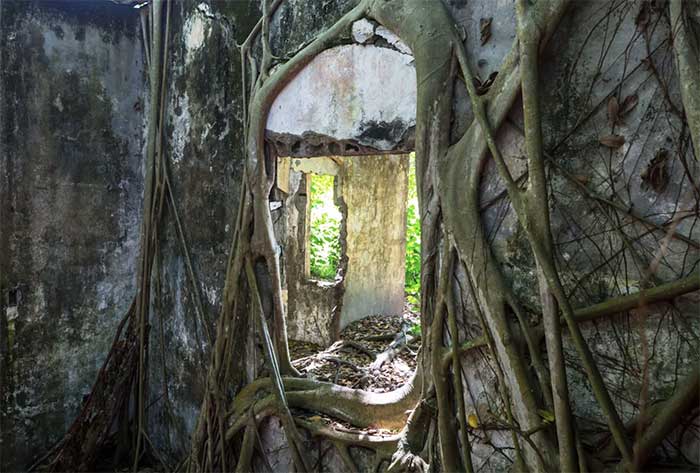
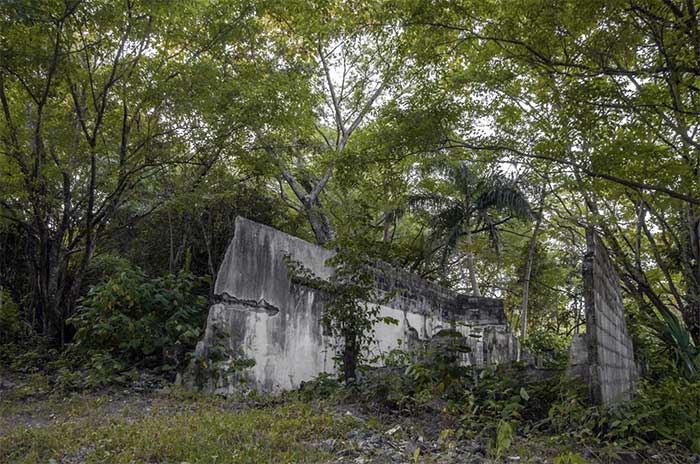
The desolate scene in the abandoned town for over three decades. (Photo: The Sun).

A total of 13 towns and villages were destroyed in the Armero tragedy. (Photo: The Sun).
After the tragedy, one of the victims, 13-year-old Omayra Sanchez, became a haunting symbol of the Nevado del Ruiz volcanic eruption. Omayra was trapped for 60 hours in water up to her neck, with her legs pinned beneath a slab of concrete.
At that time, the option to amputate her trapped leg to save her was not feasible due to the local doctors lacking the necessary surgical equipment. Ultimately, the most humane thing they could do was to let her pass. By November 16, three days after the volcanic disaster struck Armero, Omayra Sanchez passed away.
Following this devastating natural disaster, Armero was never rebuilt, and survivors were relocated to the towns of Guayabal and Lerida, turning Armero into a ghost town.

The hopeless and sorrowful gaze of Omayra Sanchez – a victim of the horrifying Nevado del Ruiz volcanic eruption. (Photo: Frank Fournier).





















































